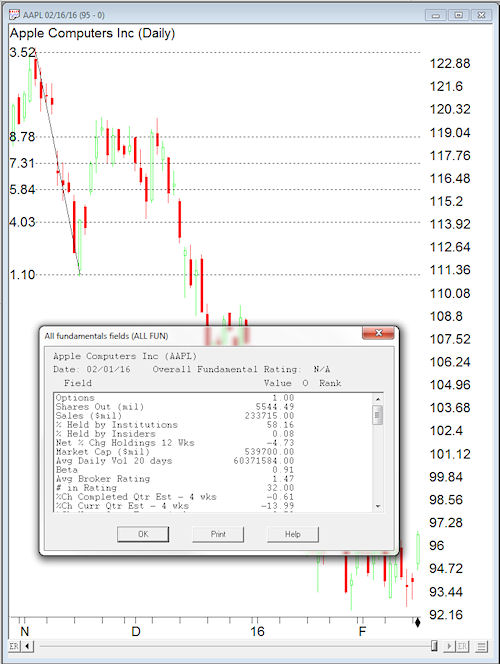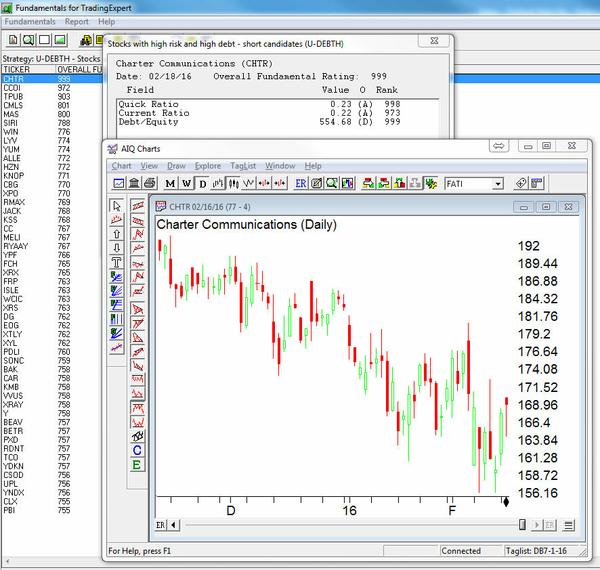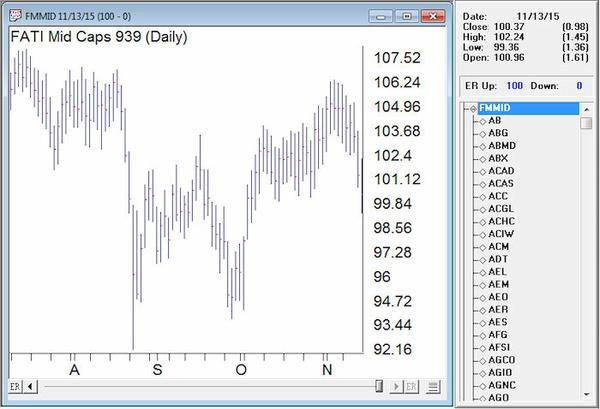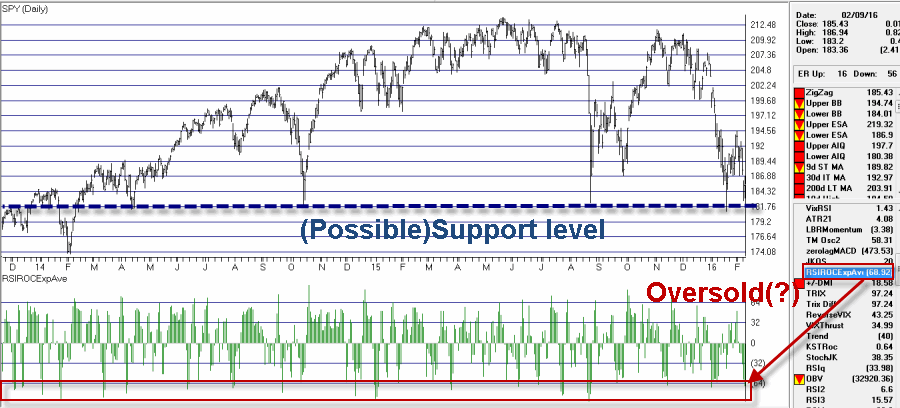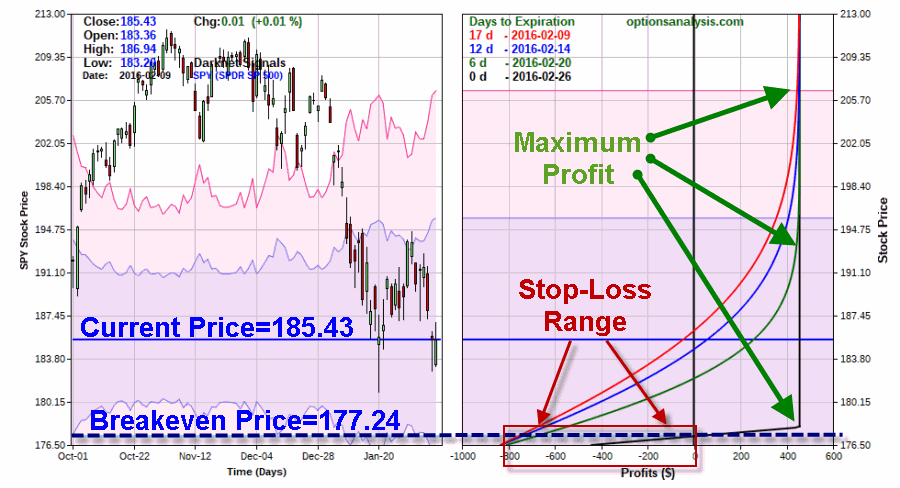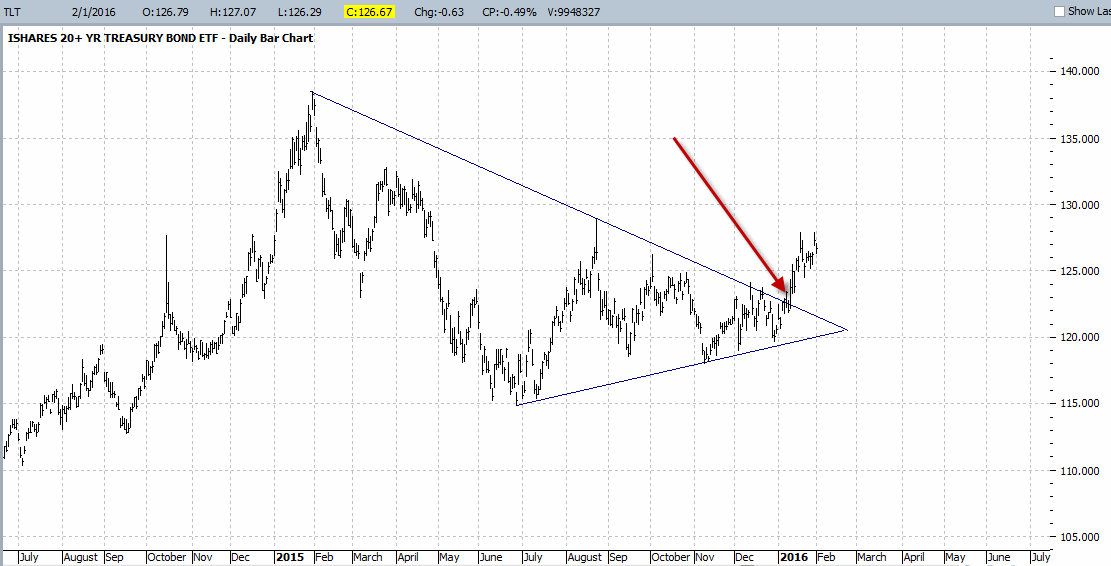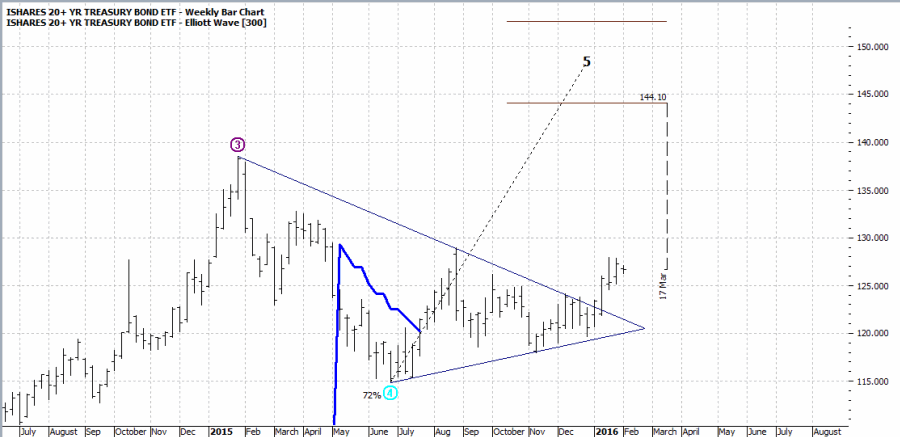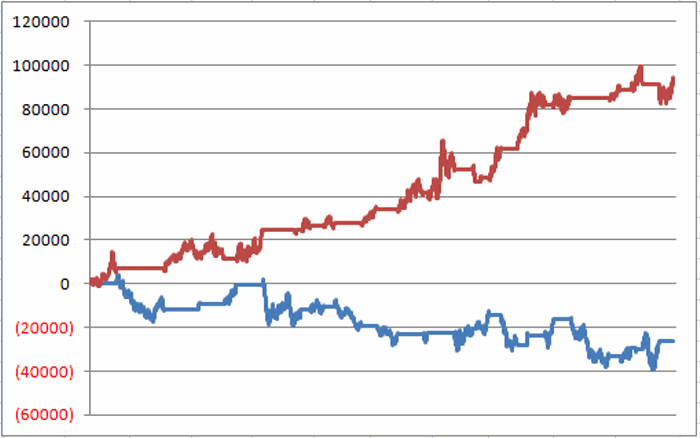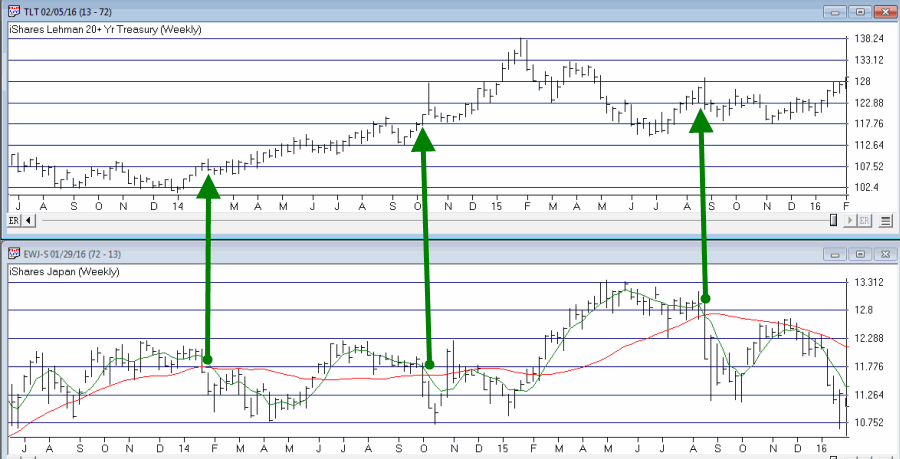|
All posts by admin
Investment Grade Quality with High Yielding Income
Fixed income investors are
continually looking for high yielding investments with stability of principal.
It has been that way for decades. Today is no different either. For years, the
high yield bond market provided more than ample income for investors and in
some cases capital appreciation of their investment. That has all changed over
the past year.
continually looking for high yielding investments with stability of principal.
It has been that way for decades. Today is no different either. For years, the
high yield bond market provided more than ample income for investors and in
some cases capital appreciation of their investment. That has all changed over
the past year.
Share prices of high yield
bond ETF’s have declined on average -15.33% over the past year while yields
have remained stable or increased in some cases due to price declines. Some
investors face another problem, where can they re-invest surplus income. Both
situations are very troubling for fixed income investors today.
bond ETF’s have declined on average -15.33% over the past year while yields
have remained stable or increased in some cases due to price declines. Some
investors face another problem, where can they re-invest surplus income. Both
situations are very troubling for fixed income investors today.
Since the beginning of the
year investors have seen extremely high market volatility for a plethora of
reasons which we will not go into here. Despite all the hoopla in the news and
talk by pundits, fixed income investors questions have not changed. They remain
the same and they need answers.
year investors have seen extremely high market volatility for a plethora of
reasons which we will not go into here. Despite all the hoopla in the news and
talk by pundits, fixed income investors questions have not changed. They remain
the same and they need answers.
Today, I am going to share an
idea which may address the fixed income investors questions. This is a little
known area to many investors. It is called Exchange Traded Debt (ETD’s or Baby
Bonds). They trade on the stock exchange like a stock, but they are actually
debt of corporations.
idea which may address the fixed income investors questions. This is a little
known area to many investors. It is called Exchange Traded Debt (ETD’s or Baby
Bonds). They trade on the stock exchange like a stock, but they are actually
debt of corporations.
ETD’s or Baby Bonds are debt
issued by a corporation in denominations less than the normal bond denomination
of $1,000. In fact, most ETD’s are issued in $25.00 denominations. They all pay interest, usually quarterly,
unlike most bonds which pay semi-annually. There is no preferential tax
treatment on the interest paid.
issued by a corporation in denominations less than the normal bond denomination
of $1,000. In fact, most ETD’s are issued in $25.00 denominations. They all pay interest, usually quarterly,
unlike most bonds which pay semi-annually. There is no preferential tax
treatment on the interest paid.
Now, let’s look at
what happened over the past year (2/13/15- 2/12/16). Below are a few
interesting data points which support why investors may want to consider ETD’s
as an income alternative. Before we look at that data, keep in mind the ETD’s
selected are all investment grade securities vs. high yield bonds which are non-investment grade.
High Yield ETF’s * IG – ETD’s **
Average
Change in Principal/ Price Only -15.33% -2.83%
Change in Principal/ Price Only -15.33% -2.83%
Average
Current Yield
6.91% 6.38%
Current Yield
6.91% 6.38%
Standard
Deviation
5.71 2.15
Deviation
5.71 2.15
Ok, this all sounds great, but
what is the down side? The downsides are the spreads are a little wider than
one would expect. So, you do not want to use market orders when buying or
selling. Limit orders only. Next, you are investing in individual issues, so
you do not have the diversification of a ETF.
what is the down side? The downsides are the spreads are a little wider than
one would expect. So, you do not want to use market orders when buying or
selling. Limit orders only. Next, you are investing in individual issues, so
you do not have the diversification of a ETF.
The key to investing in ETD’s
is to focus on investment grade issues. Investment Grade ETD’s carry a lower
default risk, yet they provide yields equal to high yield bonds. Below is a
sample of investment grade ETD’s. You see issuers like Prudential Financial,
U.S. Cellular, Tennessee Valley Authority and even Raymond James Financial.
Some ETD issues are even secured with real estate.
is to focus on investment grade issues. Investment Grade ETD’s carry a lower
default risk, yet they provide yields equal to high yield bonds. Below is a
sample of investment grade ETD’s. You see issuers like Prudential Financial,
U.S. Cellular, Tennessee Valley Authority and even Raymond James Financial.
Some ETD issues are even secured with real estate.
One last point here. In the
event of a corporate bankruptcy, bond holders (ETD’s) are in line ahead of
preferred and common stock investors. A small nuance, but something to consider.
I say this because some investors confuse ETD’s with preferred stocks. ETD’s
are not stocks, they are debt and pay interest. They just trade on the stock
exchange like a preferred stock or high yield ETF.
event of a corporate bankruptcy, bond holders (ETD’s) are in line ahead of
preferred and common stock investors. A small nuance, but something to consider.
I say this because some investors confuse ETD’s with preferred stocks. ETD’s
are not stocks, they are debt and pay interest. They just trade on the stock
exchange like a preferred stock or high yield ETF.
Notes:
* Data
compiled from a Composite of the 10 Largest High Yield ETF’s.
compiled from a Composite of the 10 Largest High Yield ETF’s.
** Data
compiled from a Composite of 40 Investment Grade ETD’s.
compiled from a Composite of 40 Investment Grade ETD’s.
Markos Katsanos’s “Trading The Loonie”
Here is some code for use in AIQ based on Markos Katsanos’s article in Stocks and Commodities, “Trading The Loonie.”
The code I am providing contains both the divergence indicator and a long-only trading system for the NASDAQ 100 list of stocks. Rather than trading forex, I wanted to try the divergence idea and the author’s entry rules on the NASDAQ 100 stocks.
The stocks are traded long using the author’s entry rules with two of the parameters adjusted as shown at the top of the code file. The exit has been changed completely to use a profit protect (protect 50% of profits once a 20% profit is reached), a stop-loss (protect 75% of capital), and a time-stop exit (exit after 21 days).
I used the NASDAQ 100 index (NDX) in place of the crude oil futures. The assumption is that since the stocks on the list are all in the NDX, they would generally be correlated to the index. The author’s entry rule filters out those with a negative correlation to the index. Note that I changed the minimum correlation from a -0.4 to 0.0. In addition, I found that increasing the minimum divergence from 20 to 2,000 increased the Sharpe ratio and decreased the maximum drawdown without affecting the annualized return.
Figure 6 shows the equity curve versus the NASDAQ 100 index for the period 1/5/2000 to 10/14/2015. Figure 7 shows the metrics for this same test period. The system clearly outperformed the index.
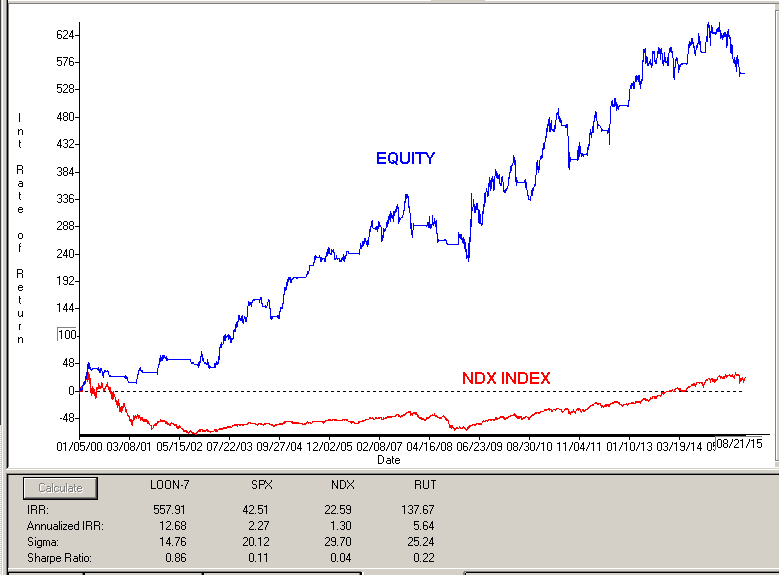
FIGURE 6: AIQ. Here is a sample equity curve for the modified divergence system versus the NASDAQ 100 index for the period 1/5/2000 to 10/14/2015.
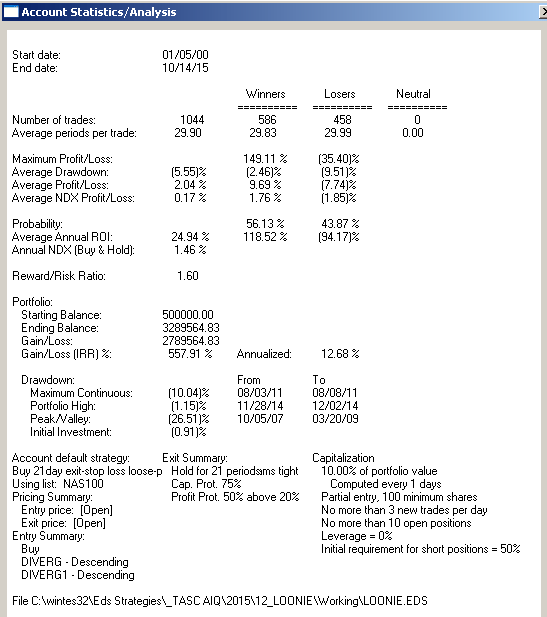
FIGURE 7: AIQ. Here are the metrics for the modified system and the test settings.
!TRADING THE LOONIE !Author: Markos Katsanos, TASC December 2015 !coded by: Richard Denning 10/17/15 !www.TradersEdgeSystems.com !Set parameters: Define Len 20. !Default is 20 Define F1 2. !Default is 2 Define F2 4. !Default is 4 IDX is "NDX". !NASDAQ 100 index IDXsLen is 40. !Default is 40 minDIVERG is 2000. !Default is 20 minROC is 0. !Default is 0 minCorrel is 0.0. !Default is -0.4 !Close percent relative to BB band width for stock: Variance is Variance([close],Len). StdDev is Sqrt(Variance). SMA is simpleavg([close],Len). stkBB is 1+([close]-SMA+F1*StdDev)/(F2*StdDev). !Close percent relative to BB band width for index: IDXc is tickerUDF(IDX,[close]). VarianceIdx is Variance(IDXc,Len). StdDevIDX is Sqrt(Variance). SMAidx is simpleavg(IDXc,Len). idxBB is 1+(IDXc-SMAidx+F1*StdDevIDX)/(F2*StdDevIDX). DIVERG is (idxBB-stkBB)/stkBB*100. !PLOT AS CUSTOM INDICATOR DIVERG1 is valresult(DIVERG,1). ROC2 is ([close]/val([close],2)-1)*100. ROC3 is ([close]/val([close],3)-1)*100. ROC3idx is tickerUDF(IDX,ROC3). IDXsma is simpleavg(IDXc,IDXsLen). IDXsma2 is valresult(IDXsma,2). HHVdiverg is highresult(DIVERG,3). Setup1 if highresult(DIVERG,3) > minDIVERG. Setup2 if DIVERG < valresult(DIVERG,1). Setup3 if ([close]/val([close],2)-1)*100 > minROC. Setup4 if IDXsma > valresult(IDXsma,2). Setup5 if pCorrel > minCorrel. Buy if Setup1 and Setup2 and Setup3 and Setup4 and Setup5. BuyAlt if Buy. LongExit1 if MACDsigMACD,1) and Stoch > 85. LongExit2 if lowresult(DIVERG,3)=21 or [close] <= (1-0.25)*{position entry price}. !Code to Calculate Pearson's R [for entry]: ! PeriodtoTest is the number of lookback days. ! IndexTkr is the Instrument that you which to compare your list to. PeriodToTest is Len. IndexTkr is IDX. ChgTkr is ([open] / val([open],PeriodToTest)-1)*100. ChgIdx is TickerUDF(IndexTkr,ChgTkr). Alpha is ChgTkr - ChgIdx. ValUDF is (([close]-[open])/[open]) * 100. ValIndex is TickerUDF(IndexTkr, ValUDF). ValTkr is ValUDF. SumXSquared is Sum(Power(ValIndex,2), PeriodToTest). SumX is Sum(ValIndex, PeriodToTest). SumYSquared is Sum(Power(ValTkr,2), PeriodToTest). SumY is Sum(ValTkr, PeriodToTest). SumXY is Sum(ValTkr*ValIndex, PeriodToTest). SP is SumXY - ( (SumX * SumY) / PeriodToTest ). SSx is SumXSquared - ( (SumX * SumX) / PeriodToTest ). SSy is SumYSquared - ( (SumY * SumY) / PeriodToTest ). !Pearson's R and Pearson's Coefficient of Determination: pCorrel is SP/SQRT(SSX*SSY). !Code to Calculate Pearson's R [for exit]: ! PeriodtoTest is the number of lookback days. ! IndexTkr is the Instrument that you which to compare your list to. PeriodToTestX is 3*Len. IndexTkrX is IDX. ChgTkrX is ([open] / val([open],PeriodToTestX)-1)*100. ChgIdxX is TickerUDF(IndexTkrX,ChgTkrX). AlphaX is ChgTkrX - ChgIdxX. ValUDFX is (([close]-[open])/[open]) * 100. ValIndexX is TickerUDF(IndexTkrX, ValUDFX). ValTkrX is ValUDFX. SumXSquaredX is Sum(Power(ValIndexX,2), PeriodToTestX). SumXX is Sum(ValIndexX, PeriodToTestX). SumYSquaredX is Sum(Power(ValTkrX,2), PeriodToTestX). SumYX is Sum(ValTkrX, PeriodToTestX). SumXYX is Sum(ValTkrX*ValIndexX, PeriodToTestX). SPX is SumXYX - ( (SumXX * SumYX) / PeriodToTestX). SSxX is SumXSquaredX - ( (SumXX * SumXX) / PeriodToTestX ). SSyX is SumYSquaredX - ( (SumYX * SumYX) / PeriodToTestX ). !Pearson's R and Pearson's Coefficient of Determination: pCorrelX is SPX/SQRT(SSXX*SSYX). !MACD code: S is 12. L is 25. X is 9. ShortMACDMA is expavg([Close],S). LongMACDMA is expavg([Close],L). MACD is ShortMACDMA-LongMACDMA. SigMACD is expavg(MACD,X). !Stochastic StochLen is 30. Stoch is 100 * (([Close]-LoVal([Low],StochLen)) / (HiVal([High],StochLen) - LoVal([Low],StochLen))). List if 1.
One Way to Play a Spike in SPY Volatility
We live in interesting times. At the moment things are “so interesting” that the traditional long-term investing approach to, well, investing is not faring so well. Fortunately – and seemingly unbeknownst to far too many individuals – there are alternatives to simply sitting there and “taking it.”
This is a tale of one of those ways. Not necessarily the “best” way mind you. And certainly not the only way. But, hey, its “one way.”
Bull Put Spread in SPY
A “bull put spread” is an option trading strategy that essentially makes money as long as the security in question remains above a certain price. In other words, it does not necessarily require a bullish move in the underlying security for the trade to profit. Anything besides the underlying security falling apart will typically suffice.
There are a few key ingredients that a trader should look for before utilizing this strategy:
*Some reason to believe that the underlying security will remain above the breakeven price long enough for the trade to make money (this typically involves either an obvious support level, a particular chart pattern and/or some confirmation from one or more technical indicators that price will stabilize or move higher).
*High implied option volatility (because a bull put spread involves “selling premium” and has limited profit potential, it is important to sell as much premium as possible. High implied volatility tells us that there is a lot of time premium built into the price of the options).
The Setup in SPY
Figure 1 – SPY with Support level and Oversold reading (Courtesy AIQ TradingExpert Pro)
As you can see:
*There is a clear “line in the sand” support level not too far below the recent price level. Does this guarantee that the recent decline will end there? Not at all. But it does provide us with a price level which – if pierced – can serve as a natural stop-loss point. And prices do have a way of bouncing off of major support levels (sometimes?).
*Also, SPY is oversold according to the custom indicator that I created that is highlighted (and which I wrote about here; see Measure #2). Does this guarantee a bounce? Again, not at all. But the indicator in question does show a decent propensity to identify at least short-term turning points for SPY.
In Figure 2 we see that implied volatility for SPY options has “spiked” back up to a relatively high level. Again, this implies that there is an above average level of time premium built into the price of SPY options.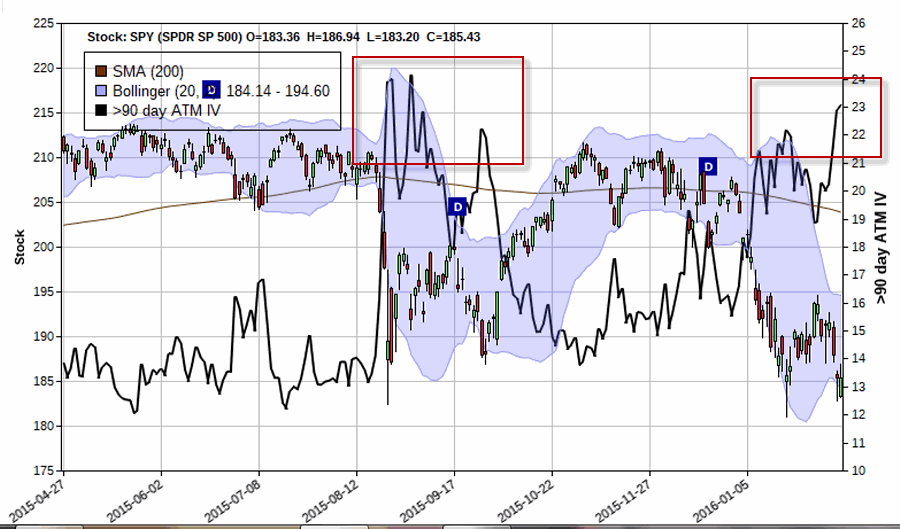

Figure 2 – SPY with high IV (Courtesy www.OptionsAnalysis.com)
Bull Put Spread
As always, what follows is an “example” and not a “recommendation”. But the example trade highlighted involves:
*Selling 6 Feb Week 4 SPY 178 puts @ 1.62
*Buying 6 Feb Week 4 SPY 173 puts @ 0.86
The particulars appear in Figure 3 and the risk curves appear in Figure 4.
Figure 4 – SPY Bull put spread risk curves (Courtesy www.OptionsAnalysis.com)
A few things to note:
*SPY is trading at 85.43
*The breakeven price for this position is 77.78
*There are only 17 days left until option expiration (so if SPY can stabilize at all these options will start to lose time premium quickly)
*The maximum profit potential is $456 and will be realized if SPY is at 78 or higher as of Feb 26.
*The maximum loss is $2,544 but would only be realized if we still held the position at option expiration and SPY was at 73 or below
*A natural stop-loss level might be just below the breakeven price of 77.78. If hit a loss of almost $0 to as much as -$800 depending on whether that level is hit later or sooner.
Summary
Again, I am not telling you that this is a great trade and that I am recommending it. What I am telling you is that it is a great example of “things to look for” that might make a bull put spread a good choice of strategy:
*An oversold market (or one that appears like it might move sideways to higher)
*High implied volatility
*A “line in the sand” support level that can serve to tell us when we are wrong (price above support = “right”; price below support = “wrong”).
Jay Kaeppel
Chief Market Analyst at JayOnTheMarkets.com and AIQ TradingExpert Pro (http://www.aiq.com) client
Bonds Rally…Not Everyone is Surprised
In 2015 there was a great deal of “fear and loathing” related to the bond market. With speculation rampant that the Fed would “finally” raise interest rates, there seemed to be a growing sense of inevitability that the 30-year bull market in bonds was about to end.
And perhaps it will. But as it turns out, it looks like bonds may not go down without a fight.
In Figures 1 and 2 you see updated versions of two charts I included in this article.
Figure 1 – Bonds breaking out of a narrowing channel (Courtesy ProfitSource by HUBB)
Figure 2 – Weekly Elliott Wave count still suggesting a potential bull move for bonds (Courtesy ProfitSource by HUBB)
Likewise in this article I discussed the fact that the U.S. treasury bond market typically trades inversely to the Japanese stock market. Figure 3 displays the performance of t-bond futures (a 1-point move in t-bond futures = $1,000) since 12/31/97 when ticker EWJ (an ETF that tracks the Japanese stock market) is:
*In a downtrend (i.e., the 5-week moving average is below the 30-week moving average), which is bullish for t-bonds (red line)
*In an uptrend (i.e., the 5-week moving average is above the 30-week moving average), which is bearish for t-bonds (blue line)
Figure 3 – T-bond performance when EWJ indicator is bullish for bonds (red line) versus bearish for bonds (blue line) 12/31/1997-Present
Although the bull and bear track record is far from perfect, the point is that there is clearly a difference in performance between the two. As you can see in Figure 4, EWJ remains in a firm downtrend (note at far right of bottom clip that 5-week MA is well below 30-week MA), which i.e., is theoretically bullish for bonds.
Figure 4 – Ticker TLT with buy signals from ticker EWJ (Courtesy AIQ TradingExpert Pro)
Will bonds continue to rally? It beats me. Still the “Risk a few bucks on the chance that bonds surprise the heck out of everyone and rally like crazy” trade that I highlighted in the article is now showing a profit of 55% and is poised for huge gains if by chance this rally somehow continues. 

Figure 5 – OTM Directional Butterfly Spread using options on TLT (Courtesy www.OptionsAnalysis.com)
Which is entirely the point of the “Risk a few bucks on the chance that [chosen market/stock/ETF/index here] surprise the heck out of everyone and rally like crazy” trade.
One caveat: As is always the case in the markets, you can see whatever you wan to see in any situation. While most of what I have showed so far is “bullish” for bonds, still TLT is a bit “overextended” at the moment and is in a key resistance range as you can see in Figure 6.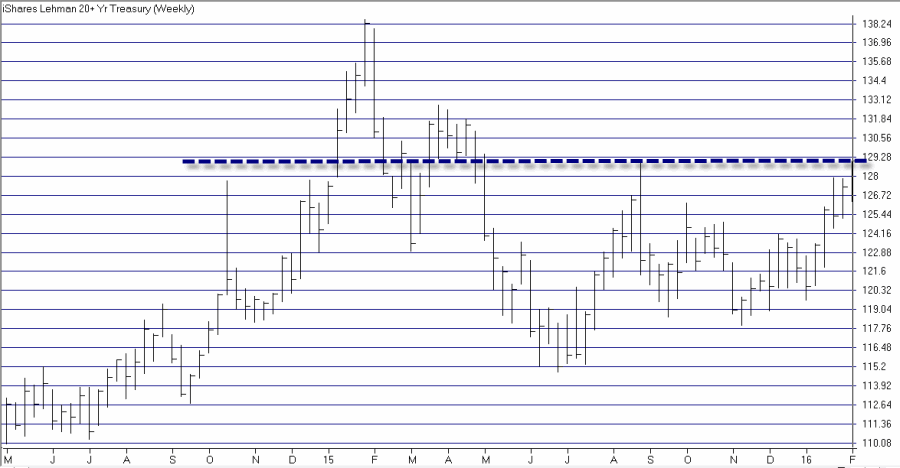 Figure 6 – TLT up against resistance? (Courtesy AIQ TradingExpert Pro)
Figure 6 – TLT up against resistance? (Courtesy AIQ TradingExpert Pro)
 Figure 6 – TLT up against resistance? (Courtesy AIQ TradingExpert Pro)
Figure 6 – TLT up against resistance? (Courtesy AIQ TradingExpert Pro)
Summary
I am not telling you to be bullish on t-bonds. Nor am I telling you that the recent rally in bonds is about to peter out.
I am telling you that when “Everybody Knows” that bonds [or whatever] can’t possibly advance in the face of the Fed raising rates [or whatever]……there is a good chance that “Everybody Knows Nothing.”
Jay Kaeppel
Chief Market Analyst at JayOnTheMarkets.com and AIQ TradingExpert Pro (http://www.aiq.com) client
